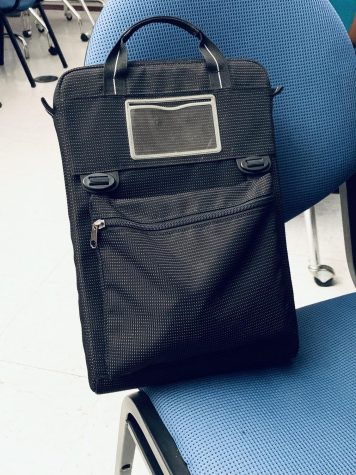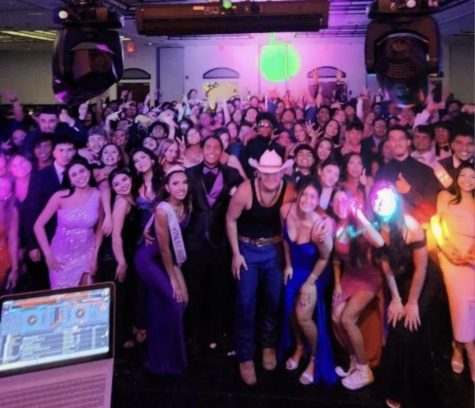Websites blocked on school laptops need fix
There are pros and cons of banning websites on school laptops; students can struggle with having so many websites blocked on their laptops and not being able to use them for their own learning purposes like Dropbox, or National Geographic.
Websites like Dropbox can be useful at school; it is an easy way to send files, homework, assignments, and projects back and forth between teachers and students. But it also makes sense why schools would block it; it can be dangerous because people can end up sending inappropriate photos or videos to others.
Students can also be kept from looking up anything that isn’t school-related and inappropriate like on Facebook, Twitter, and Snapchat. These apps or websites can allow students to search for or receive anything that contains nudity or inappropriate content. Schools block social media like this to keep students safe at school and at home and to keep them focused on schoolwork and from getting lost in the maze that is social media.
Although there are many good reasons to block certain websites and help students stay safe from the internet, schools are blocking too many unnecessary websites. Websites such as National Geographic are blocked yet National Geographic is a social studies magazine where one can learn about different cultures.
Schools block websites by using a process called Blacklisting. Blacklisting is when a group of people disapprove of something and have it deemed unacceptable. Blacklisting can offer a good amount of protection but might not be the most effective to use because it eliminates websites based on someone’s opinion.
While some websites have web pages with inappropriate content, the majority of those websites may be useful for doing research or looking up information. Instead of completely blacklisting websites, schools should block specific web pages using an Internet filter that prevents students from accidentally or purposefully entering a webpage with questionable content.




